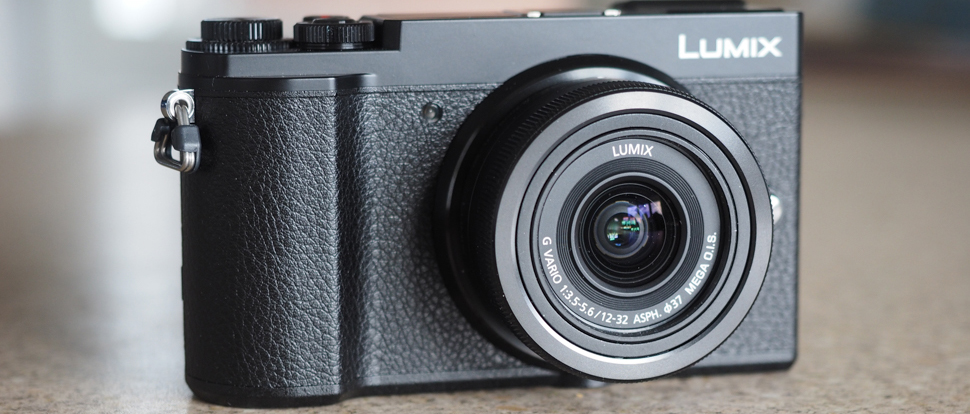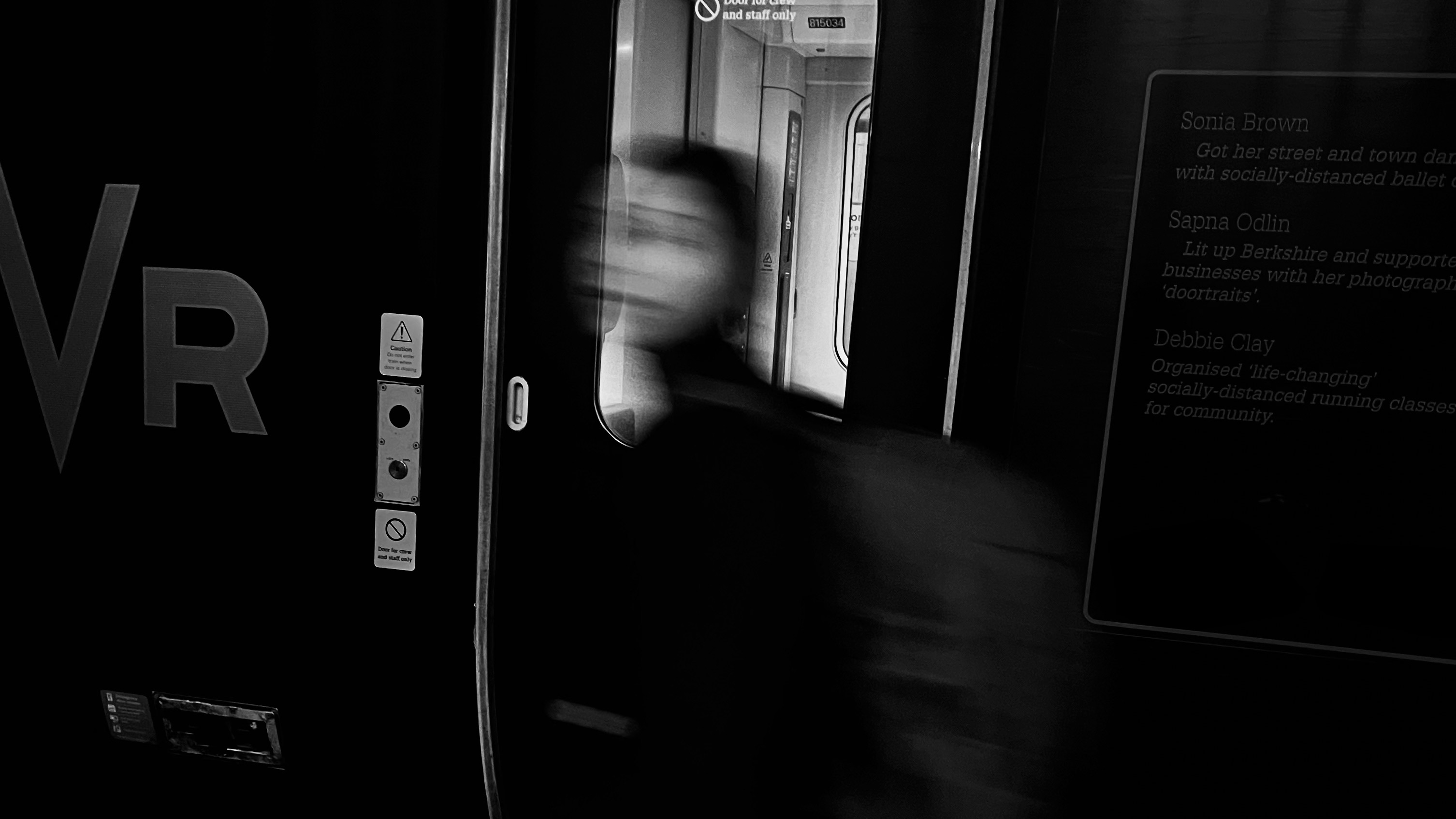Digital Camera World Verdict
The GX9 ticks all the right boxes in terms of specifications, size and price, but despite its traditional-looking exterior and external dials, it relies heavily on its menus and touch-screen interface and can feel fiddly to set up. Its image quality, however, can hardly be criticised.
Pros
- +
Size and build quality
- +
Tilting EVF and rear screen
- +
4K video and photo modes
Cons
- -
Display lag in burst mode
- -
Reliance on digital interface
- -
Small rear control dial
Why you can trust Digital Camera World
Panasonic is feeling pretty bullish. The total size of the interchangeable-lens camera market might be down to 95% of last year’s figures, but that includes declining DSLR sales; Panasonic says the market for mirrorless cameras has actually increased 135% on last year. This includes 181% growth for the Panasonic Lumix G range, with the most recent G9 and GH5 producing 65% of that grown between them.
That’s the background to the launch of the new GX9. It’s a step down from the G9, with a smaller rangefinder-style body, though it maintains the same 20.3MP sensor resolution. It’s designed as a premium street-photography camera, and it does not replace any other model, which means the similar-looking but cheaper GX80/GX85 carries on.
Read more:
• Best Panasonic cameras in 2019
• Panasonic announces GX9
• Best retro cameras
Features
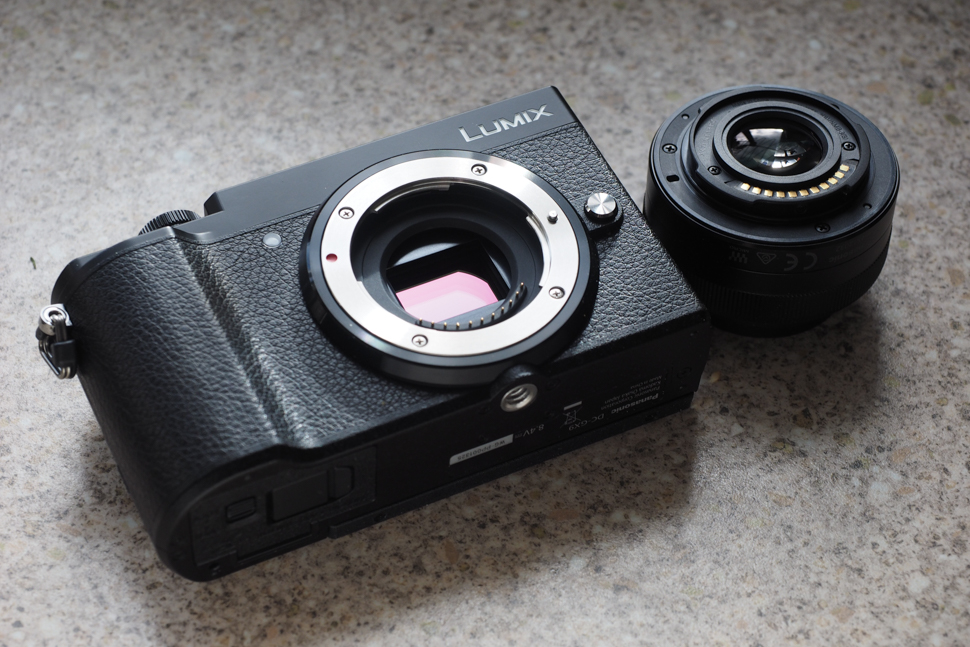
- 20.3MP Micro Four Thirds sensor, no OLPF
- 4K video recording and 4K PHOTO modes
- 5-axis Dual I.S. combines in-body and lens I.S for 4-stop compensation
- In-camera focus stacking for 4K Post Focus mode
- 9fps continuous shooting, 6fps with continuous AF
- EVF with 2.76m dots and 90-degree tilt action
- 3in tilting, touchscreen LCD, 1.24million dots
- L. Monochrome mode
- Grain effect
- 260/250-shot (LCD/EVF) battery life (900 shots with Power Save Mode)
- Wi-Fi and Bluetooth LE
- Silent mode
Inside the rectangular-shaped body is a 20.3MP Micro Four Thirds sensor with no optical low-pass filter, together with a 5-axis in-body image stabilisation system. This works alongside Panasonic’s image-stabilised lenses to provide a hybrid Dual I.S. system.
Panasonic says the new camera has improvements both in resolution and in dynamic range over previous models, as well as improved tracking autofocus using 3D measurement of the entire image. The AF sensitivity has been improved too, with the previously seen Starlight AF feature for shooting in low light included.
Read more: Panasonic G9 review
The autofocus system makes use of Panasonic’s DFD (Depth From Defocus) technology, although it's based on contrast-detect AF, rather than on a hybrid system that combines contrast- and phase-detect AF. Even so, it’s fast and effective, and the lack of phase-detect AF points doesn’t seem to harm its performance at all.
Externally, Panasonic has given the electronic viewfinder a 90-degree tilt mechanism, and the touch-sensitive rear display tilts up and down by 80 degrees and 45 degrees respectively. There are two control dials – one on the top plate to the left of the shutter-release button and one inset into the rear where your thumb rests – and stacked mode and exposure compensation dials.
There’s also a new L.Monochrome Photo Style, plus an optional Grain effect for adding a film look to your photos.
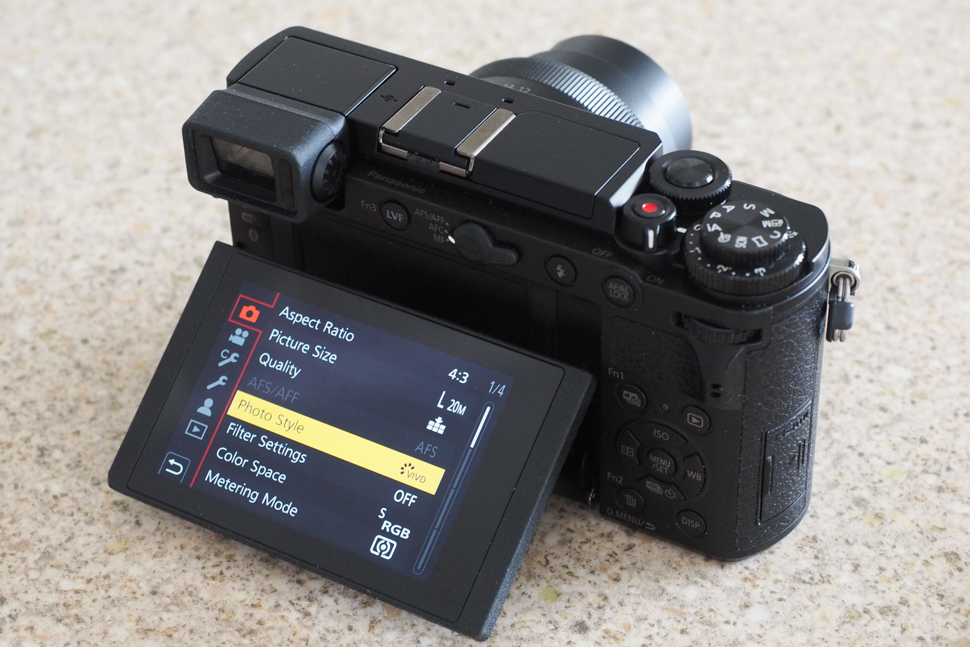
The new camera also gets Bluetooth and a built-in flash, together with the option of using a separate grip. Naturally, the GX9 also shoots 4K video, but only up to 30fps; it’s more of an all-rounder than a video specialist like the GH5 or GH5S.
Panasonic continues to develop its 4K PHOTO modes, and these now include Auto Marking, where key moments in your 4K bursts are tagged automatically for easy navigation later. There's also a new in-camera focus stacking option for merging post-focus frames into a single shot with full near-to-far depth of field. It's possible to extract 8MP frames from footage, and also select key frames in a 4K burst before merging them into a single multiple-exposure image.

In the UK, the camera is set to go on sale from 12 March, with a body-only price of £699. It will also be sold in a variety of lens bundles, with the Lumix G VARIO 12-32mm f/3.5-5.6 ASPH. MEGA OIS, the Lumix G VARIO 12-60mm f/3.5-5.6 ASPH. POWER OIS and Panasonic 14-42 mm f/3.5-5.6 LUMIX G VARIO II OIS ASPH optics.
The Micro Four Thirds sensor used by Panasonic is significantly smaller than the APS-C sensors used in most mirrorless cameras, so you might expect the GX9’s body to be correspondingly smaller. And yet, it isn’t; it’s actually about the same size as the Sony A6500 and Fujifilm X-T20.
On the plus side, this does make it substantial enough to get a proper grip, and one of the key advantages of the Micro Four Thirds system is not so much that the bodies are smaller but that the lenses are.
If you go for the GX9 and 12-32mm f/3.5-5.6 ASPH. MEGA OIS lens combination, you end up with quite a compact package for travel and street photography. This lens does need to be physically twisted to extend it before it’s ready for use, but after that its mechanical zoom action is much more positive than the zoom-by-wire Olympus M.ZUIKO DIGITAL ED 14-42mm f/3.5-5.6 EZ Pancake (for those still deciding between brands), and the autofocus is quick and positive.
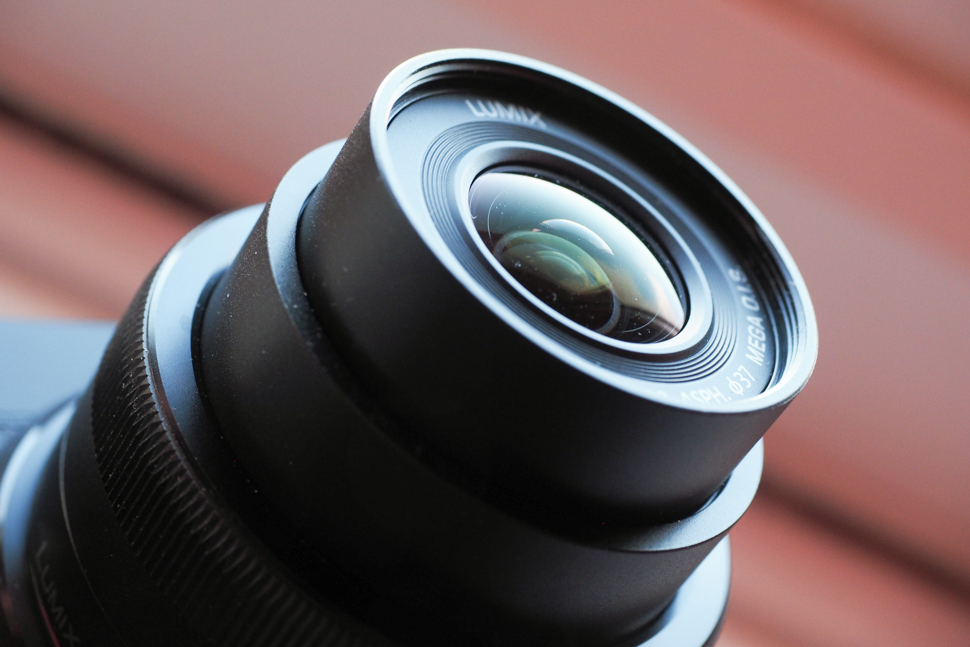
The 12-32mm lens has an equivalent focal range of 24-64mm in 35mm terms, which is on the short side, so for better image quality and/or zoom range you might want to look at the aforementioned 12-60mm or 14-42mm kit lenses.
Of course, the appeal of rangefinder-style cameras like the GX9 is their size, so larger zooms will tend to undermine that appeal; the GX9 is perhaps better suited to Panasonic’s smaller zooms or prime lenses. It will work with any of them, but it’s a question of balance.
The external controls work well for the most part. The exposure compensation dial has a good, firm feel, and you can spin it with your thumb. The main mode dial, stacked directly above it, is smaller and even firmer, so that’s not quite so easy to budge. Unless you’ve got a massively powerful thumb, you’ll probably need to release your grip and turn it with your thumb and forefinger.

The top-mounted control dial feels positive, offering just the right amount of resistance and feedback when you turn it with your forefinger. The rear control dial, which falls under you right thumb, is slightly less accessible and a tad more vague; it has a click action too, so you might inadvertently press it while you’re trying to get a proper grip with your thumb.
The camera’s minor functions are accessed via buttons on the rear and the four-way D-pad. We say ‘minor’, but they’re actually quite important. They include the ISO setting, white balance, drive mode and focus mode. Here, the camera’s firm and positive exterior controls give way to the on-screen interface, with its menus and touchscreen controls. Adjustments now become a little more complicated, and it can take a while to navigate to some of the more esoteric options provided by the camera. Despite all the external controls, you’re also going to have to spend a lot of time swiping and tapping on the screen.
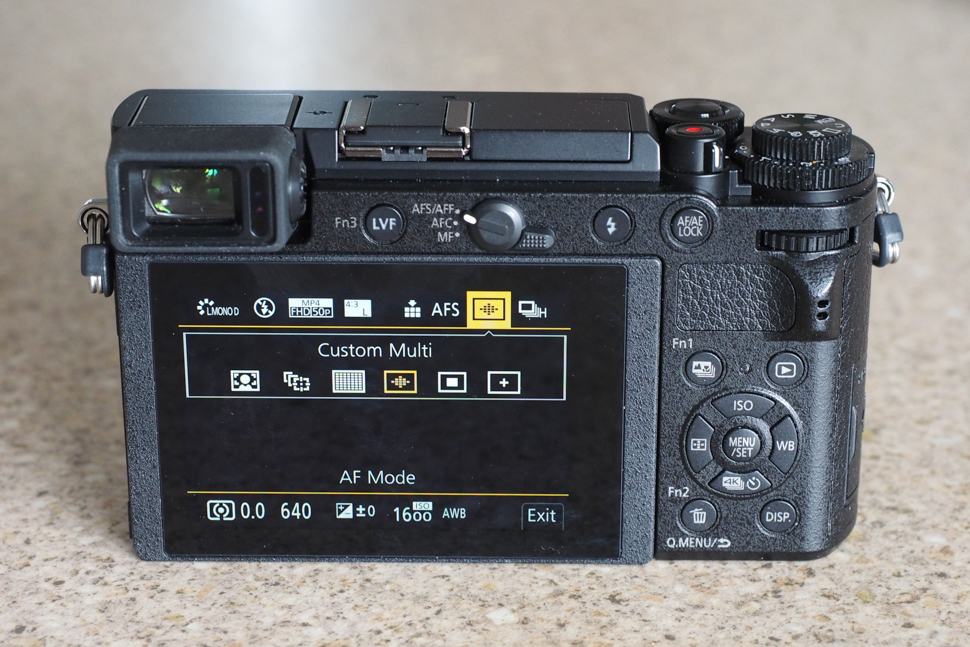
You can save yourself a little time by assigning your favourite features to one of three different Fn buttons, and there's also a physical focus lever on the back of the camera with settings for AF-S/AF-F, AF-C and Manual focus modes.
To change drive modes, though, you have to press the down button on the four-way controller on the back. It’s also the only way to access Panasonic’s clever 4K PHOTO modes.
Overall, the GX9 feels substantial and well-made, and it's easy to get good purchase. The size of the body, however, does limit the number and size of the external controls, which results in a camera that's chunky and satisfying to use but occasionally fiddly to adjust.
Panasonic’s Depth From Defocus (DFD) autofocus system is very fast and feels as quick as the hybrid phase- and contrast-detect AF systems used by rival makers – and for single-shot photography it works really well.
The Face/Eye detection mode identifies features almost instantly, while the Tracking mode, once locked on, follows a subject around the frame quickly and reliably. There's also a 49-Area mode that just picks a focus point for you, while the Custom Multi mode lets you pick a focus zone for the camera to use. With 1-area and Pinpoint modes on top of this, you've got all the accuracy and control you could need.

Unfortunately, it's a different story when set to continuous shooting. We found the Tracking mode quickly lost focus with any subject movement and framing changes, and while the Custom Multi mode did maintain focus pretty well with changing subject distances, it didn’t always look that way in the viewfinder. A combination of screen blackout and display lag meant that it was hard to judge focus while shooting, and we had to trust the AF to get it right (which it mostly did). This is something we noticed with the Panasonic G9, too. Our GX9 was a production model with the latest firmware, but still an early version.
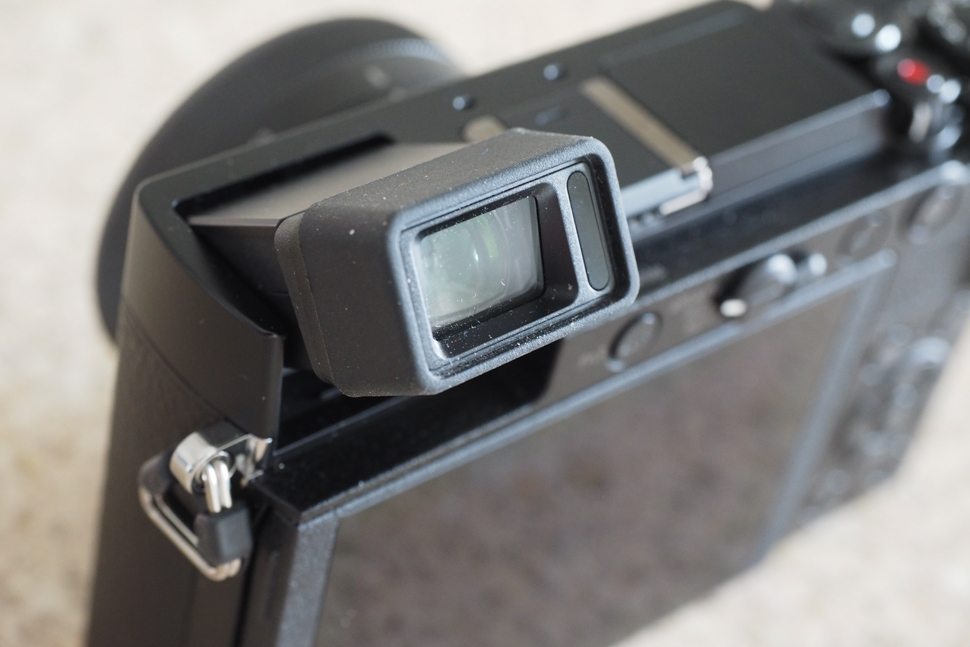
In fairness, the GX9 is not billed as a sports specialist. It can shoot at a decent frame rate when required, but if this is your main area of interest you’d be better off with a camera designed for the job, not least because the GX9’s rectangular shape is better suited to more compact zoom and prime lenses rather than long and heavy telephoto types.

Image quality, however, is very good. It’s true that Panasonic’s Micro Four Thirds sensor is smaller than the APS-C sensors used by many mirrorless rivals, but you wouldn’t know it from looking at the pictures. The difference in sensor size only appears at higher ISO settings, where the Panasonic’s images start to lose detail and smooth over more quickly than those captured with larger sensors, but you would need to be shooting at ISO 3200 and above before this became particularly apparent.
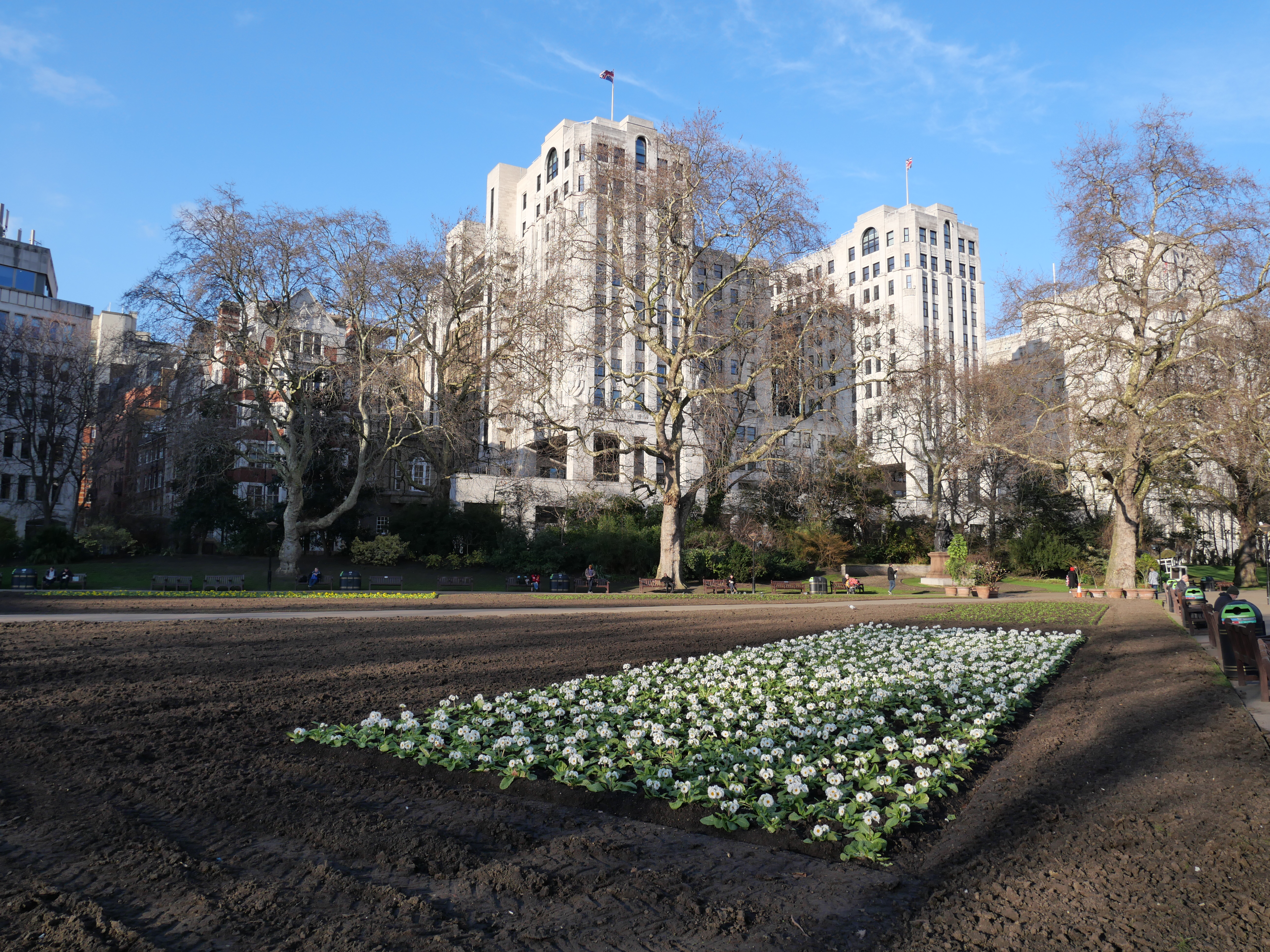
At low to medium ISO settings, the GX9’s images are sharp, saturated and detailed, with little noise. We tested it with Panasonic’s retracting Lumix G VARIO 12-32mm f/3.5-5.6 ASPH. MEGA OIS –a capable performer, but probably not Panasonic’s best – and still got very good results. Panasonic bakes optical corrections into both its JPEGs and Raw files image files, so if there's any curvilinear distortion or chromatic aberration, you’ll almost certainly never see it.

Dynamic range is very good too – another thing smaller sensors are not supposed to be good at – and both the exposure and white balance systems appeared to perform perfectly during our time with the camera. Now and again you will have to apply exposure compensation to cope with unusually dark or light subjects, or high-contrast lighting where you want to base the exposure on a particular area, but that’s the same with any camera.

The GX9’s ability to cope with artificial indoor lighting is especially impressive. We took a series of handheld shots in a small museum with mixed lighting, and the camera produced consistently natural-looking colours.
The L.Monochrome mode produces nice results too, with a little more depth than the regular monochrome mode. The new grain effect does a convincing job of simulating film grain, but it’s a little too strong on its High setting. While it looks fine on the camera’s LCD, it’s a little heavy at normal viewing sizes and, in the L.Monochrome mode, seems to create some faint vertical banding.

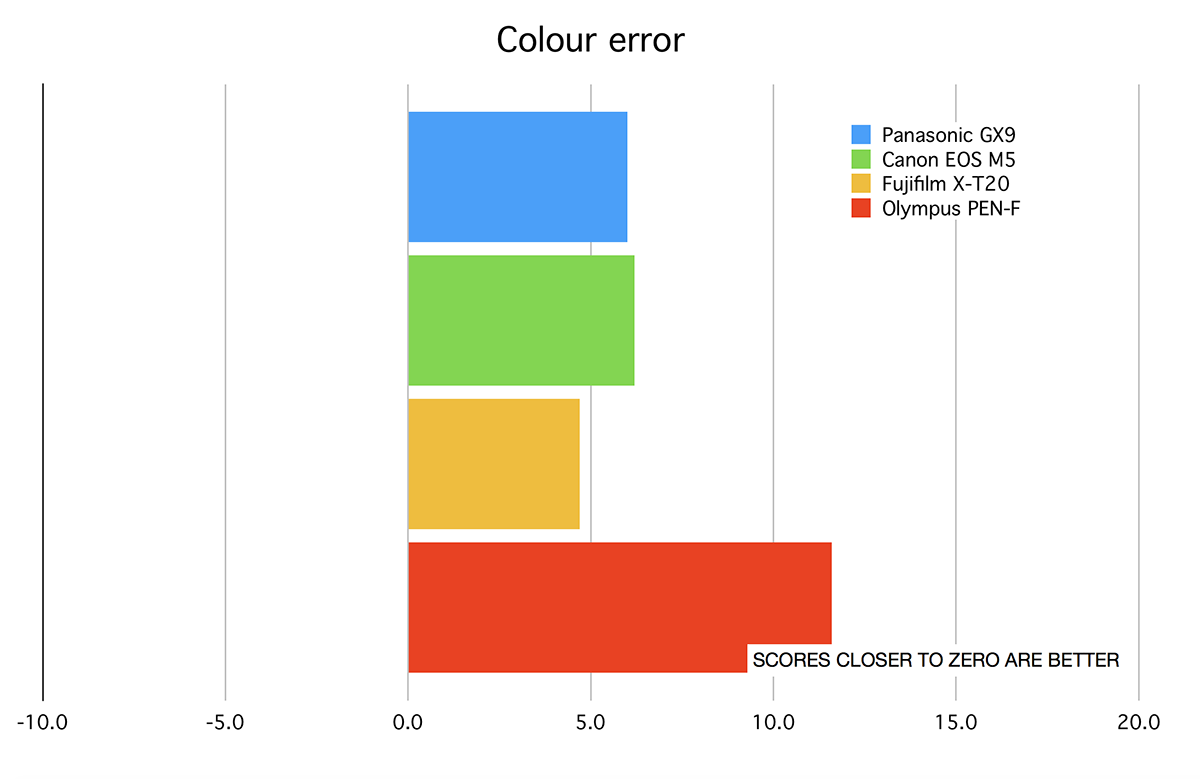
Colour error
We pitched the GX9 against three close rivals – the Canon EOS M5, Fujifilm X-T20 and Olympus PEN-F – and found that all four showed moderate colour error, with the PEN-F the worst.
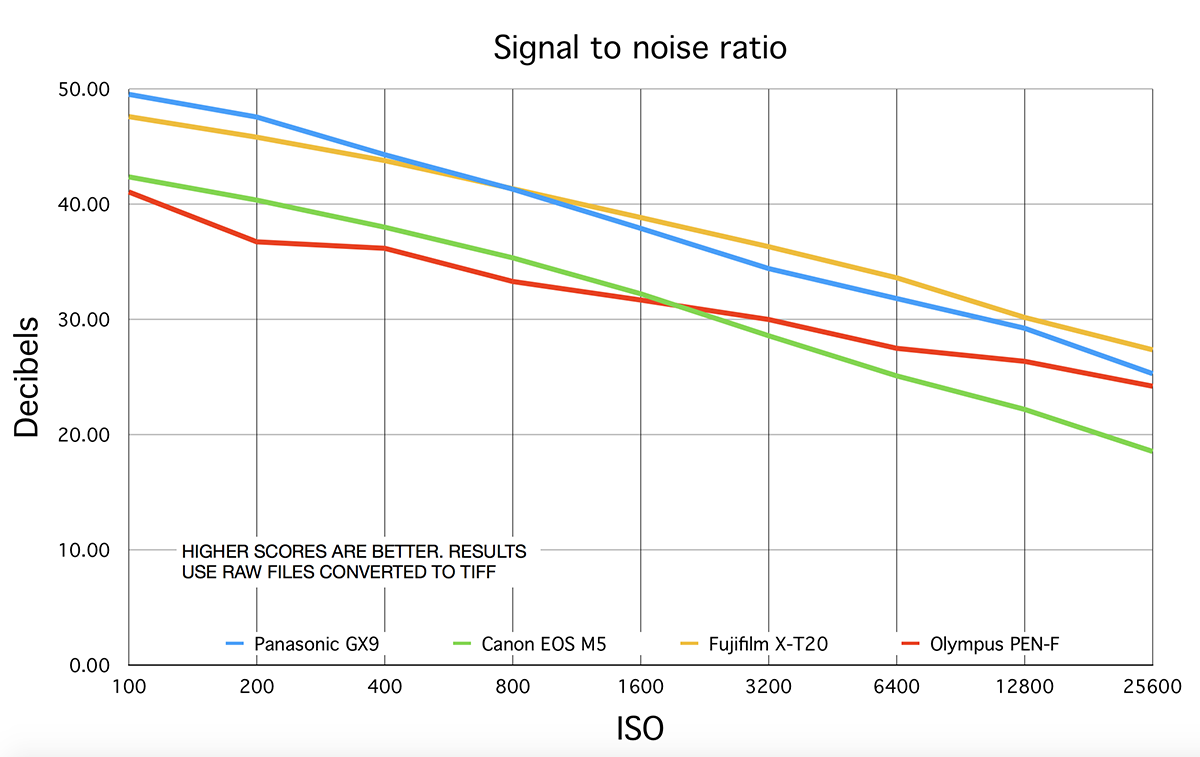
Signal-to-noise ratio
The GX9 and Fujifilm X-T20 were very close for noise performance, with the Olympus and the Canon a little way behind. Panasonic does seem to have nailed noise control.
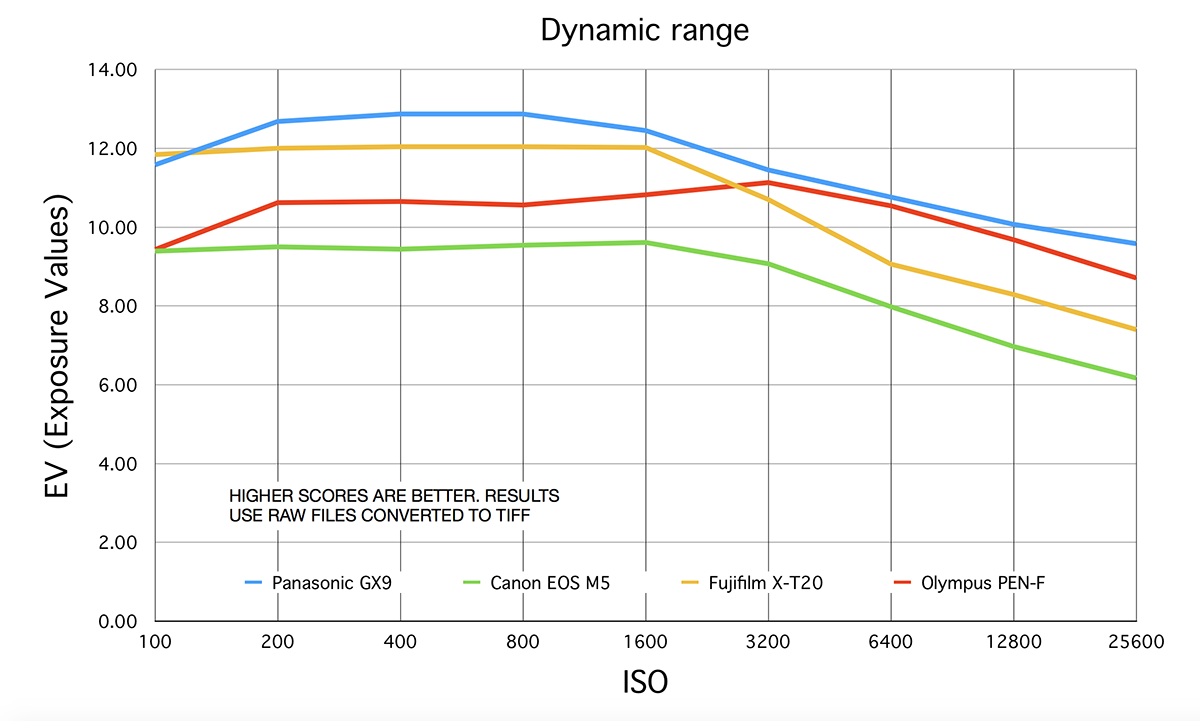
Dynamic range
Again, the Panasonic GX9 takes the lead, narrowly beating the X-T20 for dynamic range. The Olympus PEN-F and especially the Canon EOS M5 are a little disappointing here.
Early verdict
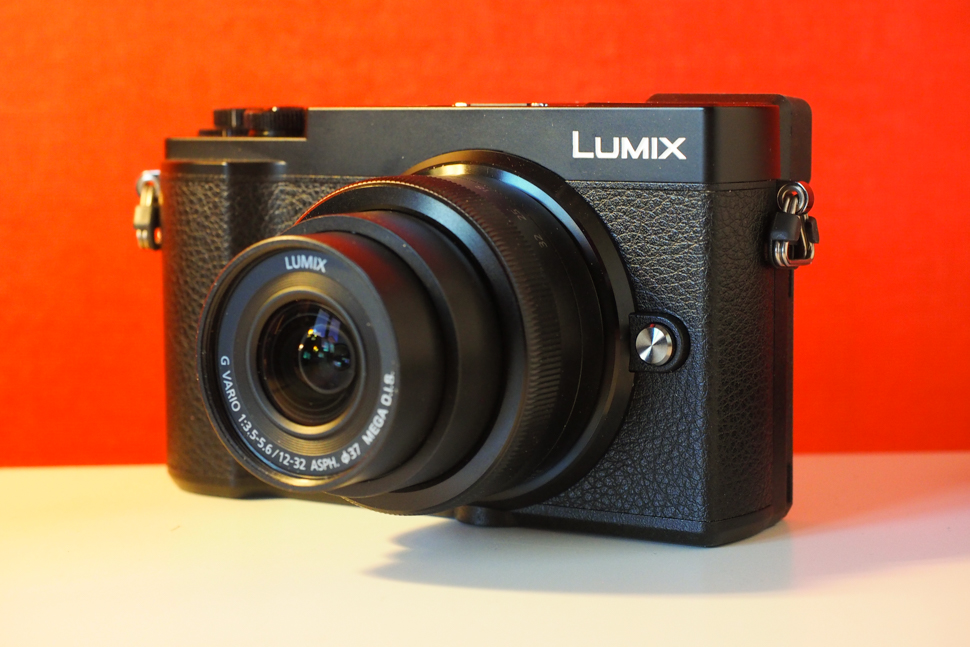
The GX9 is pretty convincing as a portable and responsive camera, and its autofocus system is fast and effective for everyday still images. It’s less convincing in its continuous shooting mode, but then we have the G9 for that kind of photography.
Read more: Panasonic G9 review
The GX9 certainly appears to tick all the right boxes. It has a relatively compact, rectangular, rangefinder-style body, and it feels solid and substantial – quite heavy, in fact – in your hands. The electronic viewfinder is very good, as is the tilting screen on the rear.
Even so, despite some reassuringly solid external controls, the GX9 still heavily relies on its digital interface. This is where it becomes obvious just how much this camera can do, but also how much patience and dexterity you might need to get the most from it.
You do get a lot for your money in terms of build quality, performance, features and image quality, but somehow the GX9 lacks that magical X-factor that makes a camera desirable. It’s extremely efficient but it doesn’t have the physical appeal of, for example, a typical Fujifilm or Olympus model.
Read more: The best mirrorless cameras

Rod is an independent photography journalist and editor, and a long-standing Digital Camera World contributor, having previously worked as DCW's Group Reviews editor. Before that he has been technique editor on N-Photo, Head of Testing for the photography division and Camera Channel editor on TechRadar, as well as contributing to many other publications. He has been writing about photography technique, photo editing and digital cameras since they first appeared, and before that began his career writing about film photography. He has used and reviewed practically every interchangeable lens camera launched in the past 20 years, from entry-level DSLRs to medium format cameras, together with lenses, tripods, gimbals, light meters, camera bags and more. Rod has his own camera gear blog at fotovolo.com but also writes about photo-editing applications and techniques at lifeafterphotoshop.com
